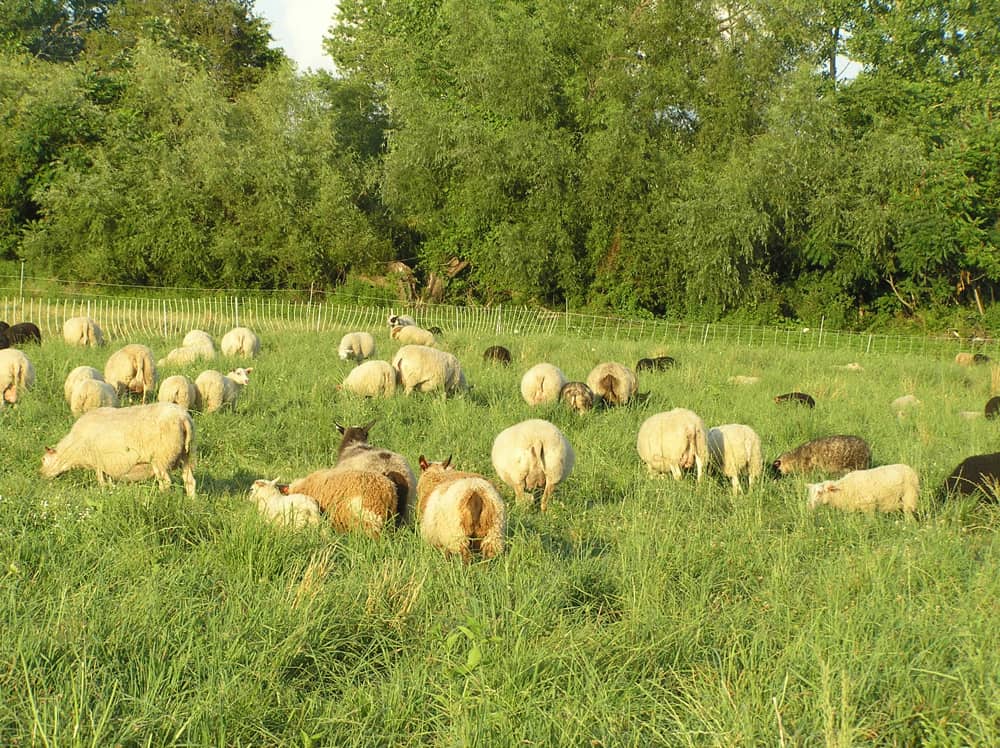A Conversation with Professor Jennifer Phillips OF GANSVOORT FARM

Reposted from Hudson River Flow.
Dr. Jennifer Phillips practices what she preaches. A professor teaching graduate courses in Climate and Agroecology at the Bard Center for Environmental Policy with a Ph.D. in Soil, Crop, and Atmosphere Science from Cornell University, she is also the owner and shepherd at Gansvoort Farm in Clermont. There, as she manages a flock of grass-fed sheep, Dr. Phillips has come to understand the critical importance of what goes on above the ground as well as in the soil. Her goal is to deepen her regenerative agriculture practice as she works to improve soil health and its carbon sequestration properties, to create welcoming habitat for birds and insect pollinators, and to find new ways to make her farm more climate-change resilient.
You have come to believe that regenerative agriculture should be defined in terms much broader than improving soil health.
JENNIFER PHILLIPS:
There is a very strong emphasis on soil carbon in the regenerative agriculture world and rightly so, because of the potential for soil to be a really important carbon sink on the planet. My own interest in it has been very much from that same perspective. But my thinking is shifting a little bit. In addition to trying to create healthy soils, we need to be thinking about how to make the parts above the soil more complex and more amenable to creating habitat for all the other things that need to live in the system and that provide resources for us. There's a bigger story that has to be addressed.
The classic paradigm since WWII has been to use engineering and chemistry to replace all of the things that nature used to do for farming systems. The idea was we could just add our fertilizers and use insecticides to change insect populations and use herbicides to kill the weeds. It has created a high external input system, replacing things that can actually happen through natural processes.
But if we design our farm systems right, we can skip all of those external technical inputs that are not in the long run sustainable. A farm system that's designed appropriately is, for example, about creating optimal habitats in field margins that can provide overwintering cover for important insects that are predators for pest insects. It’s about limiting soil disturbance, limiting tillage – which of course is good for soil carbon, but is also about creating opportunities for beetles and pollinators—a lot of the native bees nest underground.
It’s introducing blooming perennials into the system so there is seasonality of bloom opportunities. Perennial and annual flowering crops feed all of those insects that actually come in handy for protecting crops and pollinating systems. So it’s thinking about the spatial and temporal arrangement of the plants you want to complement your regular crop—for example, perennial fruit in between rows of vegetables.

.jpg?width=365&name=PROOF_PM_BardMBA_NYC_05-13-16_MG_2948_PROOF(1).jpg)


